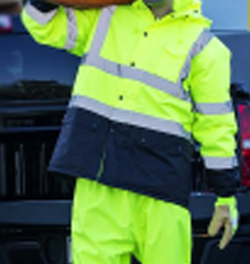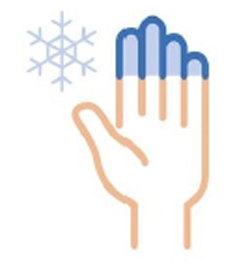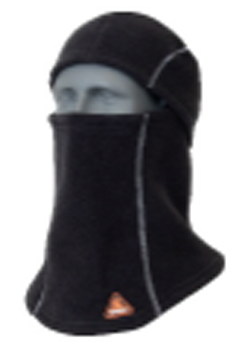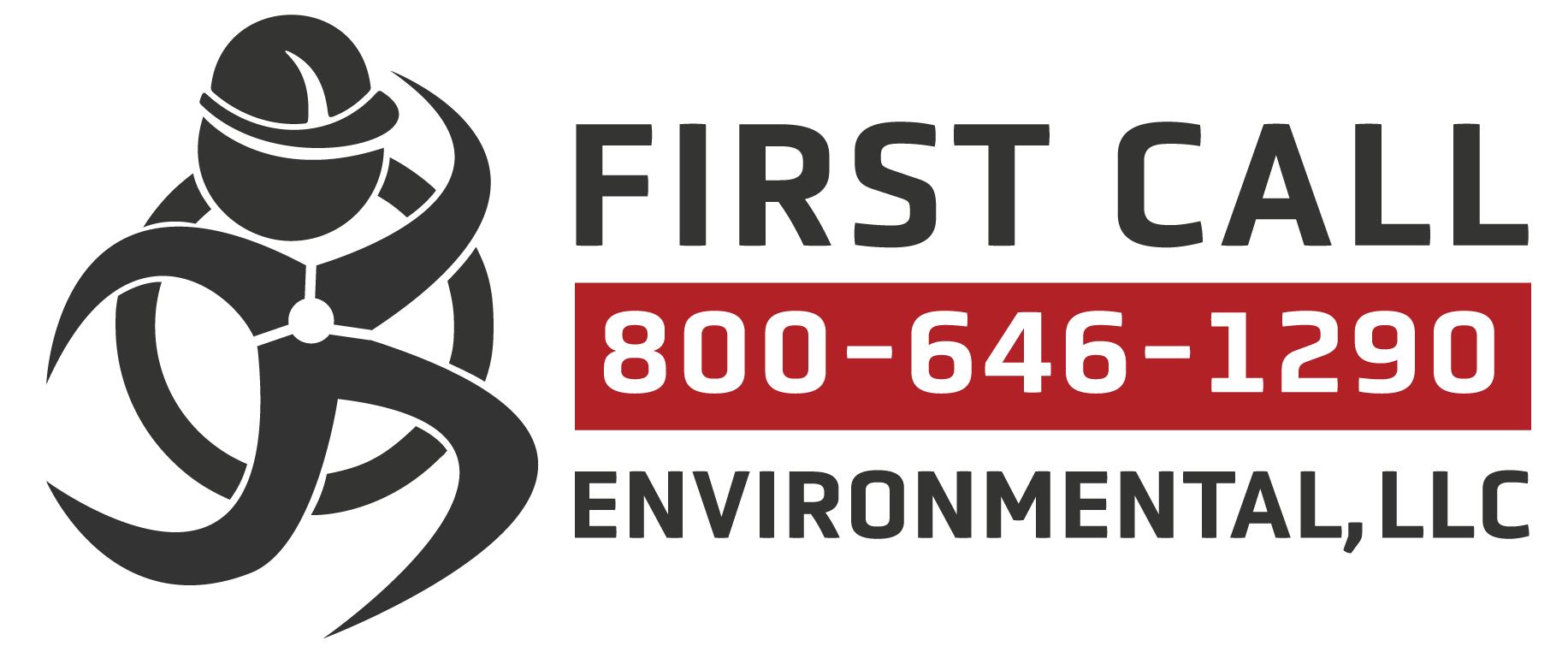Stay safe when temperatures drop
 What are the dangers?
What are the dangers?
Along with air temperature, wind and moisture can create issues for employees working in the cold. Water, including sweat, can displace body heat 25 times faster than dry air.
Likewise, wind can blow away the body’s protective external layer of heat. This is why wind chill is an important factor to understand. So, for example, when the temperature is 25° F and the wind is blowing 25 mph, the wind chill is 9° F, resulting in more dangerous conditions.
A good rule of thumb is a 15-minute break for every hour of work. When the temperature dips below zero, workers should have shorter work periods with a break that’s equal in time.
What to know
OSHA doesn’t have a standard that covers work in cold environments, but it can enforce its General Duty Clause, which requires employers to provide a workplace “free from recognized hazards.” Employers should educate workers about conditions that can cause cold stress, as well as the symptoms of related ailments, including frostbite and trench foot and how to prevent them.

Employers should instruct employees on how to dress appropriately for cold conditions, in addition to monitoring them and allowing them warm break areas and to warm up with hot beverages.
Whenever possible, schedule work for the warmest part of the day and use a buddy system to help workers monitor each other. Most remediation digs need to be performed at night during the coldest part of the day, so extra care is needed during these operations. This may include the use of rental radiant heaters or shelters for extended outdoor operations or using the vehicles to protect against cold stress.
Workers should carry cold weather gear such as extra gloves, hats, socks, and jackets, chemical hot packs or handwarmers and a thermos or container with something hot to drink. Also, should avoid touching any metal with bare skin.
What to wear
Many of the recommendations to help prevent cold stress involve clothing and personal protective equipment. Experts say layering clothing provides better insulation. This allows workers to remove layers if they become too warm or if their clothing gets wet.
A waterproof outer layer is important when working in a wet, cool environment, OSHA says, and this layer should provide ventilation to prevent overheating. For middle layers, the agency suggests wool or synthetic
material “to provide insulation even when wet,” while an inner layer of wool, silk or a synthetic material such as polypropylene is ideal to keep moisture – including sweat – away from the body.
Body heat tends to escape from the head and other extremities, such as the ears, feet and hands, so it’s important to keep them covered.
Make sure clothing isn’t too tight, because tight-fitting clothing can impede circulation and the body’s source of heat. Boots and footwear should be insulated and waterproof.
Finding the right thickness for socks: If socks are too thick, they can lose their insulating properties if compressed inside footwear and will make that footwear tight, possibly slowing blood flow to the feet and toes. Conversely, if socks are too thin, workers are at risk of developing blisters, and have no insulation.
What to watch out for
Hypothermia is one of the greatest dangers facing people who work in the cold. This medical emergency occurs when the body temperature drops below 95° F. An important milder symptom of hypothermia is uncontrollable shivering, which indicates the body is losing heat and trying to rewarm itself. Other symptoms include fatigue, confusion, loss of coordination and slurred speech. People in the late stages of hypothermia may stop shivering or lose consciousness, or have blue skin, dilated pupils, a slowed pulse and slower breathing.
In cases of severe hypothermia, call 911 immediately. Move the victim into a warm, dry area and remove wet clothing and replace it with dry garments. Wrap the victim’s entire body – including the head and neck – in layers of blankets. Don’t cover the victim’s face.
If assistance is more than 30 minutes away, OSHA recommends giving the victim warm sweetened drinks (but no alcohol) if he or she is conscious. You also can place warm bottles or hot packs on the sides of the chest, groin and armpits.
Be prepared to give CPR if the victim isn’t breathing or has no pulse.
Other major types of cold stress:
Frostbite. This condition is the result of freezing skin and surrounding tissue. In severe cases, it can lead to amputation of body parts or severe damage to the body. Signs include white/gray patches on the fingers, toes, noses and earlobes. Skin also may look bluish, gray, pale or waxy.
Workers affected may complain of tingling, loss of feeling or aching, or have blisters. Anyone experiencing frostbite needs to be taken to a warm place as quickly as possible and medical personnel should be alerted.
 More first aid tips for frostbite:
More first aid tips for frostbite:
- Once indoors, remove any clothing or accessories that might hinder circulation.
- Immerse the affected area in warm – not hot – water (temperature should be comfortable to the touch, especially for unaffected areas of the body).
- Use a loose, dry cloth to protect the frostbitten area until medical help arrives.
- Don’t rub the affected area – this could damage the skin.
- Don’t warm the frostbitten area with direct heat from items such as a lamp – this can cause burns.
- Don’t thaw the affected area if it has the potential to freeze again, because this can cause additional damage.
As with hypothermia, you can give someone experiencing frostbite warm, sweet nonalcoholic drinks.
Cold weather and COVID-19
 If you’re working outside in the cold and wearing an item such as a ski mask or balaclava, is that enough protection against COVID-19? Possibly.
If you’re working outside in the cold and wearing an item such as a ski mask or balaclava, is that enough protection against COVID-19? Possibly.
Items with multiple layers of fabric that cover the mouth and nose “would be similar to wearing a cloth mask,” NIOSH experts told Safety+Health. However, they noted that some ski masks, balaclavas or similar items can have openings around the mouth and nose, making them insufficient protection.
State and local regulations may vary on cloth facial mask requirements for outdoor workers, but the Centers for Disease Control and Prevention recommends the use of masks when in public and around people you don’t live with.
“While there are no additional risks associated with wearing a mask or N95 respirator in the cold, compared to not wearing one, if a worker feels that working in the cold is having a negative effect on the respiratory system, they should consult a health care provider about their individual health concerns,” the NIOSH experts said. “An occupational safety and health professional should work with the employee to determine the most appropriate cloth face covering or respirator for their specific workplace settings.”

